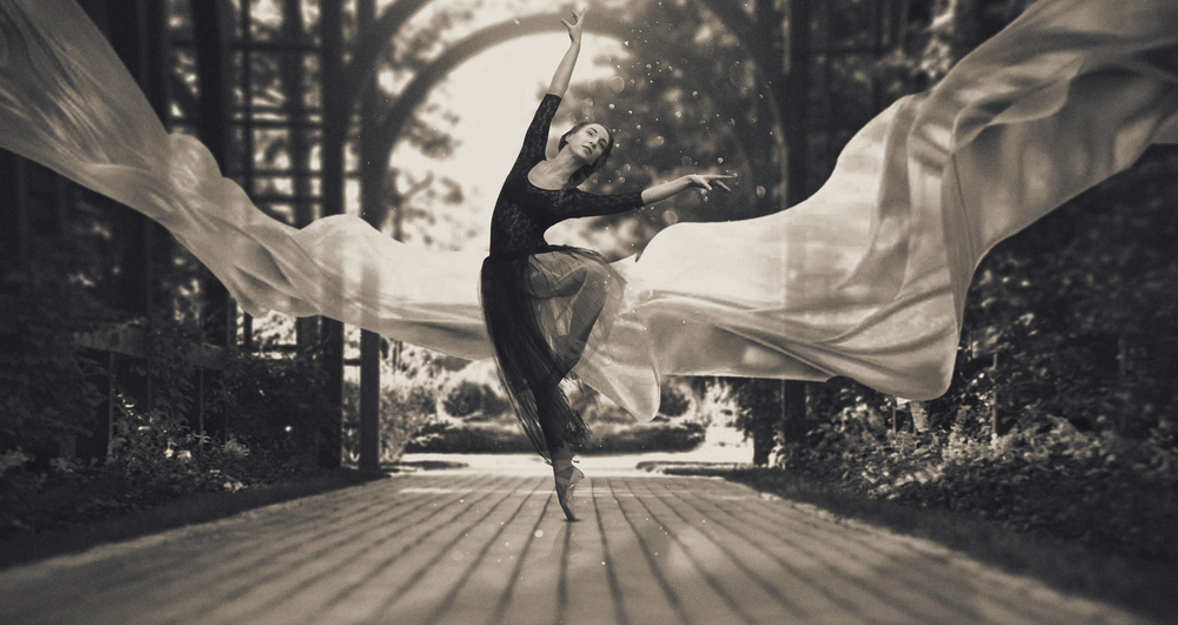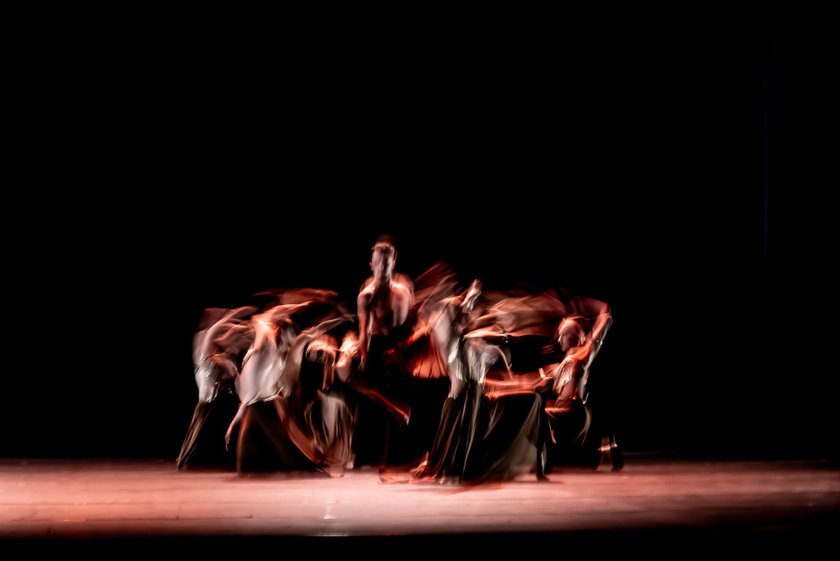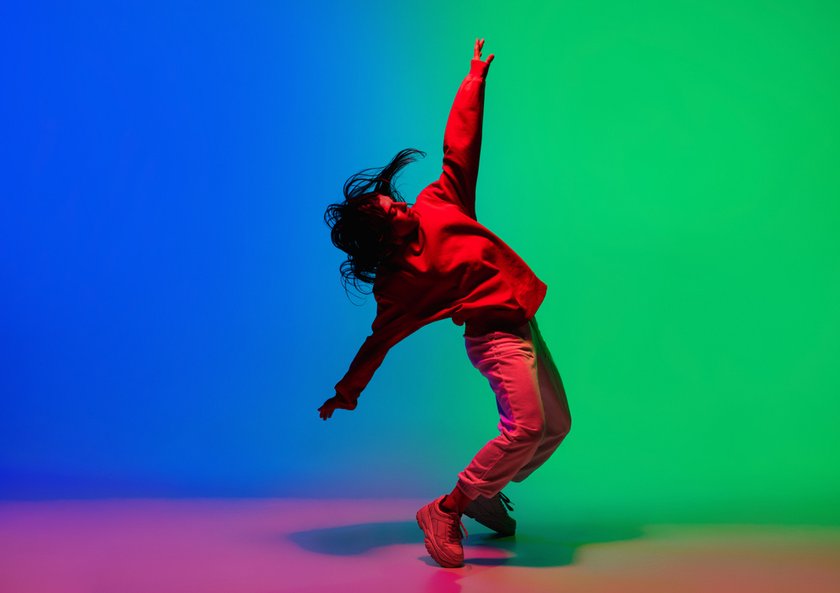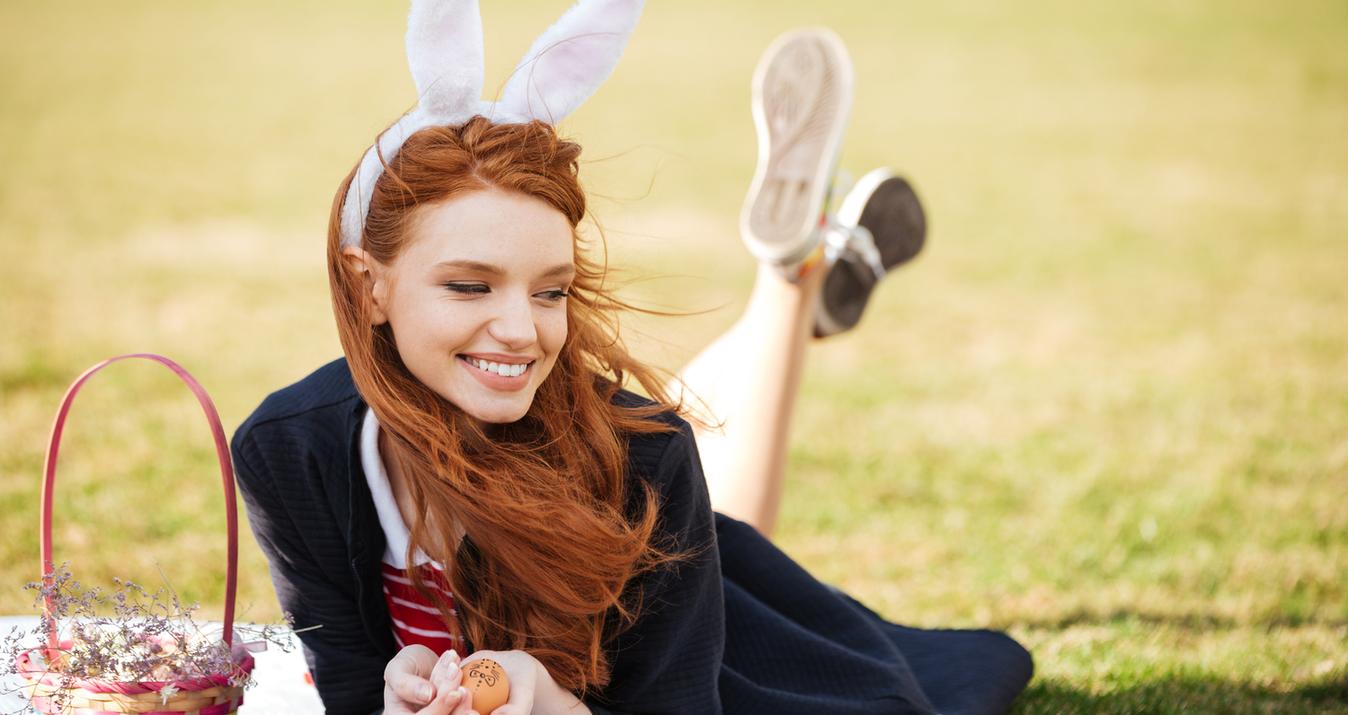Dance Photography: Best Ways to Capture Dance in Action
Last Updated on June 18, 2025

Discover the magic of dance photography. Learn how to capture movement, emotion, and energy in every shot with tips, history, and creative ideas for stunning dance photos.
There’s something truly spellbinding about capturing a dancer mid-leap, their body suspended in the air, full of grace and emotion. Dance photography didn’t start with action-packed scenes. In the 19th century, early photographers like Jules Étienne Marey and Eadweard Muybridge focused more on analyzing motion than creating art. It wasn’t until the 1910s that photographers like Arnold Genthe began documenting dance as an expressive, visual art form.
Today, a dancing photo shoot remains a powerful blend of motion and stillness. It gives viewers a glimpse into the athleticism, control, and raw emotion behind every move. And for photographers, it’s a thrilling challenge—requiring timing, understanding of movement, and technical skills to “freeze” a fleeting moment that would otherwise vanish forever.
What Is Dance Photography?

Dance photography is all about capturing movement, emotion, and storytelling through images of dancers. Unlike traditional portraits, it focuses on body lines, jumps, extensions, and expressions. It may seem like just snapping people mid-air, but it’s much more.
This kind of photography can serve many purposes. Sometimes it’s about capturing a performance or preserving choreography. Other times, it helps performers build their portfolios or gives dance schools and companies fresh ways to promote their work. For some photographers, it’s simply a creative outlet—a chance to blend movement and emotion into powerful visual art.
Photographers often collaborate with ballet performers and choreographers to understand routines and choose the most expressive moments to capture. Whether shot in a theater or on a rooftop at golden hour, each photo is a result of planning, timing, and artistic direction.
Types of Dance Photography
Choreography is diverse—and so is the way it’s photographed. Each style has its own challenges and artistic rewards. Let’s break it down.
1. Performance Photography
Captured during live shows. The lighting changes quickly, and you must stay discreet and reactive. No second takes here.
2. Studio Shoots
Controlled lighting and space make it easier to direct the dancer. Ideal for high-impact stills or creative poses.
3. Outdoor Dance Photography
Urban streets, nature, rooftops—dance becomes part of the environment. These shoots often mix spontaneity with bold aesthetics.
Before any dancing photo shoot, have a clear idea of your desired mood—dreamy, dramatic, or minimalist—and discuss it with your dancer.
How to Photograph Dancing: A Beginner’s Guide

To master this kind of photography, start by learning both the technical and creative sides. Here are some essential steps to get started.
1. Understand the Movement
Watch rehearsals. Talk to the dancer about their routine. Study when the peak movement happens. Knowing the rhythm is the first step to syncing your shutter with their leap.
2. Plan the Shoot
Build a mood board from Instagram, Pinterest, or Behance. Choose a location and outfit that complements your theme.
Exclusive Tools of Endless Possibilities in One AI Editor
Explore Now!3. Choose the Right Gear
Use a fast full-frame camera with good low-light performance (for example, Sony A7 III, Canon R6). The best lens for dance photography often includes a 70-200mm f/2.8 zoom or an 85mm f/1.8 prime lens. These give you flexibility and a beautiful depth of field.
4. Use the Right Settings
Here are the camera settings for dance photography that most photographers start with:
Setting | Recommended Starting Point | Purpose | When to Adjust |
Shutter Speed | 1/500s or faster | Freezes fast movements like jumps, spins, and turns | Increase to 1/1000s+ for very rapid motion, or decrease in low light if blur is acceptable |
Aperture | f/2.8–f/4 | Allows more light in and isolates subject with shallow depth of field | Use wider (f/2.0) in dim light or for strong subject separation; stop down (f/5.6+) for group shots |
ISO | 1600–6400+ | Boosts brightness in low light, especially in indoor venues | Raise ISO in dark environments, but watch for increased noise at higher levels |
Focus Mode | Continuous AF (AF-C) with Eye/Face Tracking | Keeps moving dancers in sharp focus | Use Eye Tracking for solos; switch to Zone or Wide AF if Eye Tracking fails in group shots |
Image stacking software can help enhance clarity when capturing fast sequences.
Dance Photography Tips: Capture Emotion and Energy
 Here are some practical tips that can elevate your work instantly:
Here are some practical tips that can elevate your work instantly:
Shoot in bursts: Use continuous shooting to catch the peak of motion.
Avoid flash: It’s disruptive and often not allowed in performances.
Shoot RAW: This gives more flexibility when correcting exposure or color.
Use natural light outdoors: Early mornings or sunset provide a soft glow.
Watch for clean lines: Dancers work hard on posture. Don’t crop mid-limb!
Direct with care: Communicate clearly, show them the shots, and adjust together.
Dance Photography Ideas to Spark Your Creativity
 If you’re short on inspiration, here are some easy-to-try dance photography ideas that can make your next session magical:
If you’re short on inspiration, here are some easy-to-try dance photography ideas that can make your next session magical:
Urban contrast: A ballet performer leaping on a gritty city street
Mirror shots: Use reflections in windows or puddles for surreal frames
Golden hour silhouettes: Highlight form with backlighting at sunset
Fabric play: Flowing costumes create extra movement in the frame
Freeze water or powder: Adds drama and motion to a jump
You can also fix blurry photos to recover details and improve overall image quality. Then, refine your composition by adjusting framing, leading lines, or symmetry to elevate your portfolio.
Challenges and How to Overcome Them
Dance photography is thrilling, but not without its obstacles. Here’s what to expect:
1. Timing
The perfect frame lasts milliseconds. Practice helps, but shooting rehearsals first lets you anticipate the right moment.
2. Lighting
Stage lighting can be harsh, colored, or uneven. Shoot in RAW and use Auto White Balance.
3. Motion Blur
Fast action can blur if your shutter is too slow. If that happens, try post-processing methods that show you how to clear a blur image.
4. Working with Dancers: Build Trust and Flow
A successful shoot depends on connection. Here are some dancing photography tips on how to work better with your model:
Meet beforehand or chat online about the concept.
Explain what you’re trying to capture in plain terms.
Encourage feedback from the dancer—they know what looks best.
Give them space to improvise between planned poses.
If a dancer closes their eyes during a perfect jump, don’t worry. There are smart fixes available—learn how to open eyes in a photo using modern editing tools.
Top Luminar Neo Tools for Editing Dance Photography
What makes dance movement photography unique is its emotional impact. A dancer mid-air can look weightless, almost divine. These images aren’t just pretty—they’re expressive stories told in a fraction of a second.
To add more feeling to your shots, consider using Luminar Neo. Its AI-based editing features help correct colors, enhance details, and apply mood-specific styles without spending hours retouching.
1. RelightAI – Fixing Unbalanced Stage Lighting
Stage lights rarely cooperate. Harsh spotlights, deep shadows, or uneven exposure can make a powerful shot fall flat. RelightAI lets you rebalance the light across your image—bringing the subject forward and softening distractions without over-editing.
2. StructureAI – Bringing Movement to Life
Details matter: the curve of a dancer’s hand, the swirl of fabric mid-turn, the tension in a leap. StructureAI enhances those textures without adding harshness, making the motion feel alive in a still image.
3. EnhanceAI + Color Grading – Setting the Mood
EnhanceAI quickly fixes tone and contrast, giving you a balanced base. From there, color grading helps define the feeling of the shot: soft tones for contemporary or ballet, bold and punchy for street or flamenco.
4. Unblur + Sharpening – Saving Soft Shots
Even with good technique, movement happens fast—and sometimes, focus misses by just a bit. Instead of tossing the photo, use sharpening tools to bring back clarity in subtle, effective ways.
Your AI-Powered Photo Editor for MacOS and Windows
Discover Now!Need Inspiration Before Your Next Shoot?

Here are a few incredible books and movies to spark your creativity.
Books for Dance Photography Lovers
Airborne: The New Dance Photography of Lois Greenfield: A breathtaking showcase of frozen motion and striking composition.
The Dancer Within by Rose Eichenbaum: A mix of portraits and honest interviews with famous dancers.
Dance Photography by E. Deane Baker: A go-to guide packed with technical insights and behind-the-scenes wisdom.
Films That Show The Soul Of Dance
Pina (directed by Wim Wenders): A poetic tribute to choreographer Pina Bausch and her dancers.
First Position: A moving documentary about young dancers chasing big dreams.
Black Swan: A haunting, iconic film about obsession, beauty, and the pressure of perfection.
Let these stories and images guide your eye and shape your vision.
Key Takeaway
Dance photography isn’t just about freezing movement—it’s about capturing the feeling behind it. Whether you’re shooting in low stage light or on a rooftop glowing with sun, your goal stays the same: catch that one moment when emotion, strength, and grace come together.
Start small. Watch how dancers move. Try a different gear. Stay curious and passionate. With each photo, your timing will get sharper, your eye more trained, and you’ll slowly learn how to turn motion into something that moves people.













